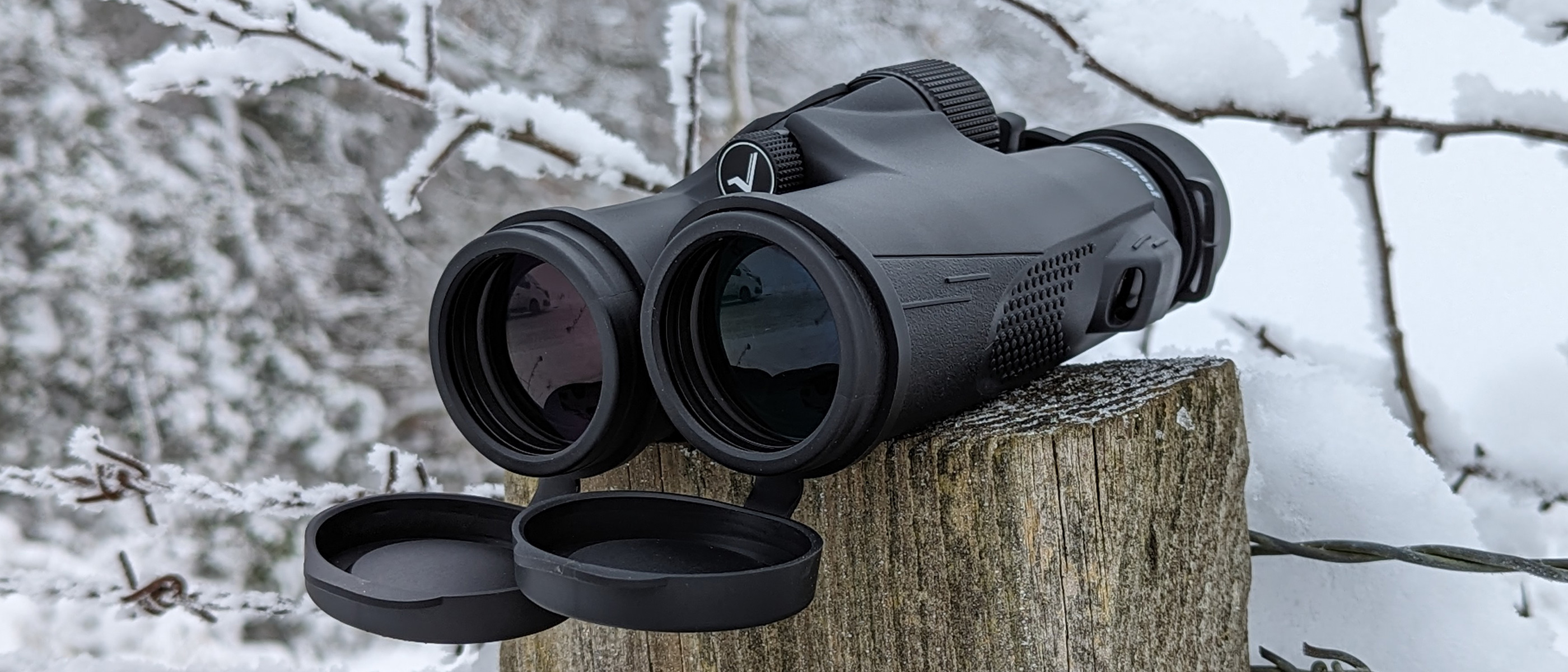Space Verdict
Depending on where you purchase the SV47 10x42 binoculars they can cost anywhere from $119 to $47. They perform well generally but are a little soft, slightly dark and the build feels inexpensive. If you want a quick knock-around binocular to leave in the car, these are suitable but don’t pay full price for them.
Pros
- +
BaK-4 glass optics
- +
Good waterproof rating
- +
Comes with enough accessories to get started
Cons
- -
Views are quite soft
- -
Minimal eye relief
- -
Blue color fringing is apparent
Why you can trust Space.com
The Encalife SVBONY SV47 10x42 binoculars are designed for observers on a budget and will perform well during daylight for general purposes. Acceptable sharpness in the middle of the imaging circle provide adequate views for the beginner binocular user. Interestingly, they are available for quite a wide range of prices online, from between $50-$120. For the lower end of that price bracket, they are good enough, but we’d advise against paying towards $100 for these as there are competitors which perform and are built better.
They ship with everything you need to get started including all the lens caps, a neckstrap, instruction manual and carry case. They feature adjustable eye relief too, which helps some that wear eyeglasses, but there are improvements to be made to the overall design that could help these binoculars.
We've also put together a guide on the Best binoculars for stargazing and wildlife, and there are our round-ups on the Best binoculars for kids and Best compact binoculars. But if you want to save money be sure to check out our Best binocular deals page for more.
Encalife SVBONY SV47 10x42 binocular review
Encalife SVBONY SV47 10x42: Design
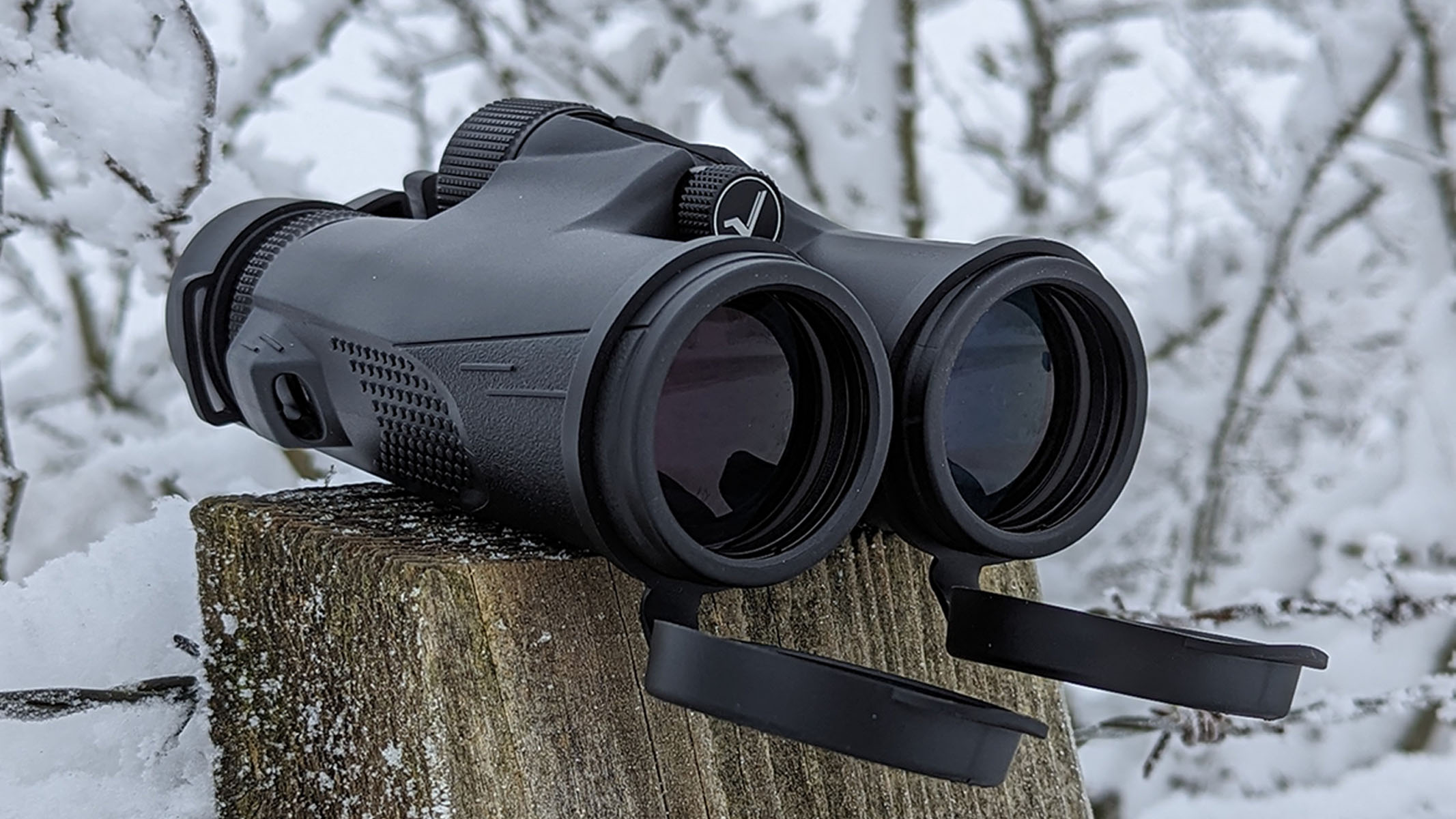
- Slim roof prism binocular design
- Eye relief with eyeglasses wearers, though limited
- Textured grips on the body
As far as roof prism binocular designs go, the SV47 10x42 binoculars are in keeping with the lightweight slim nature of other models at this magnification and aperture size. They’ll easily slip into an oversized coat pocket and don’t drag down on the neck when using them for long periods. The twist-up eyecup adjustments are neat but they only give a maximum of 9.5mm eye relief which is a bit disappointing. Some eye-glasses wearers will struggle to use the binoculars while wearing spectacles with these binoculars. If you’re someone who uses glasses most of the time it might be worth trying them out before purchasing if you can.
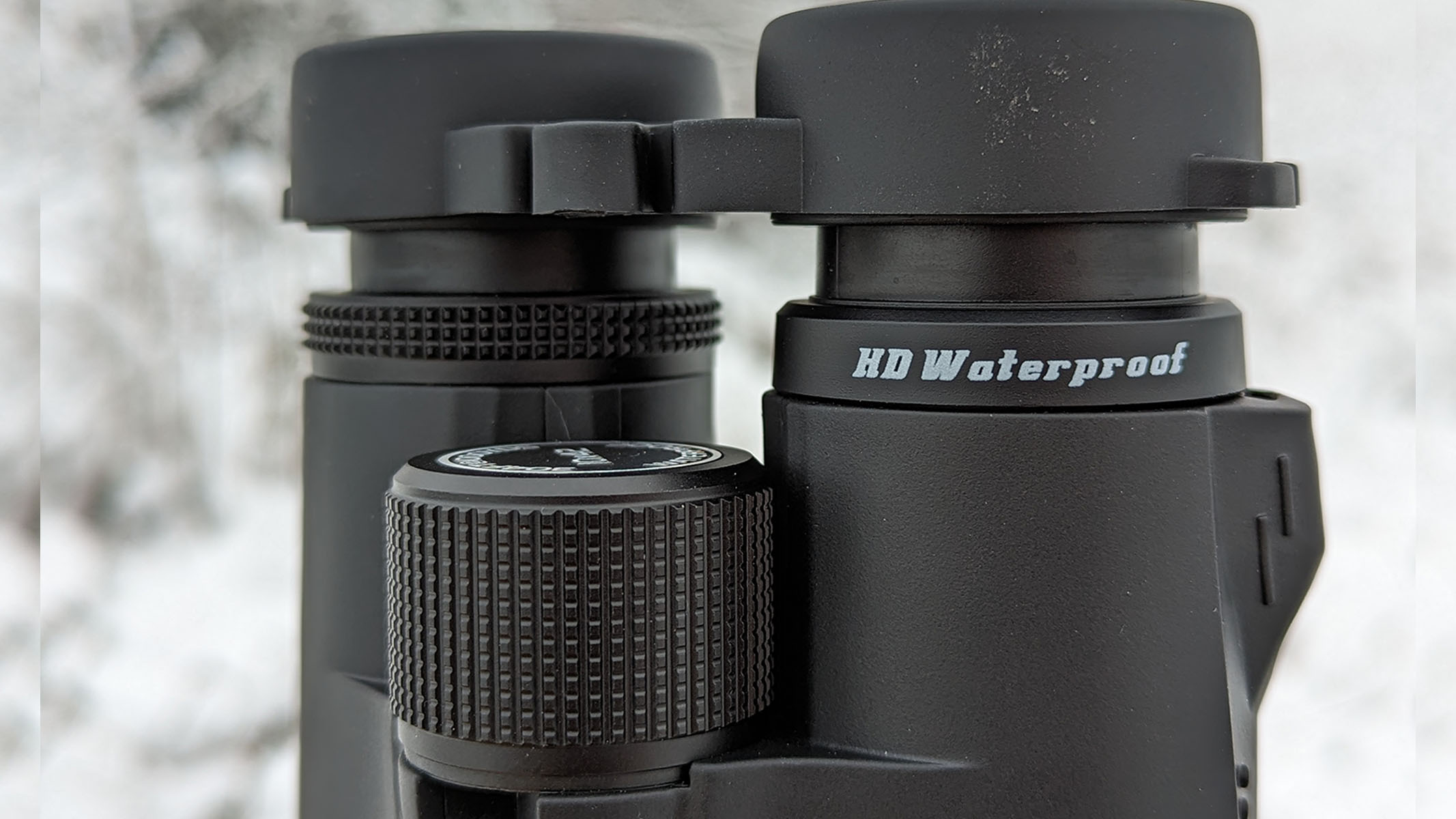
Design: Roof prism
Magnification: 10x
Objective lens aperture: 42mm
Angular field of view: 5.8 degrees
Eye relief: 9.5mm
Weight: 675.4g/23.82oz
Dimensions: 153x128x51mm
These binoculars are certainly entry-level and, at the lower price we’ve seen them on sale for, would suit most beginners and hobbyist observers just getting into using binoculars. This is reflected in their build quality. They do feel solid in the hand, the hinge is particularly stiff though so younger users and those with limited grip strength may struggle to adjust the ocular width.
There are some helpful textured grips on the sides of the rubber casing which help hold onto them but compared to other entry-level binoculars the SV47s are otherwise smooth and the rubber is quite slippy. We wouldn’t like to handle them much in the rain or with gloves without strapping them to our neck.
Aside from a little stiffness and inexpensive-feeling build, the SV47 10x42 binoculars are suitable for their intended purpose, should you find them at a good price.
Breaking space news, the latest updates on rocket launches, skywatching events and more!
Encalife SVBONY SV47 10x42: Performance

- Good sharpness in center of view
- A little pincushion distortion feel unnatural
- Acceptable all-round performance if purchasing under $60
Views through the SV47 binoculars are fair. There’s good sharpness in the center of the image circle and during the day we managed to spot birds and track planes. The 9.5mm eye relief is suitable for those who don’t wear eyeglasses and we managed to observe without issues. 10x magnification gave us just enough reach for a closer look at our subjects without making the binoculars bulky.
While there’s nothing inherently wrong with these binoculars and there is suitable sharpness, brightness and decent sharpness across the image circle, we do feel there’s space for improvement. For example, a field-flattening element would be useful because try as we might with the focusing something felt a little off. We think it may be down to a little bit of pincushion distortion, but if there is at all it’s only slight enough to flag up to our analytical eye and are confident most general users (for whom this binocular is intended) won’t notice it.
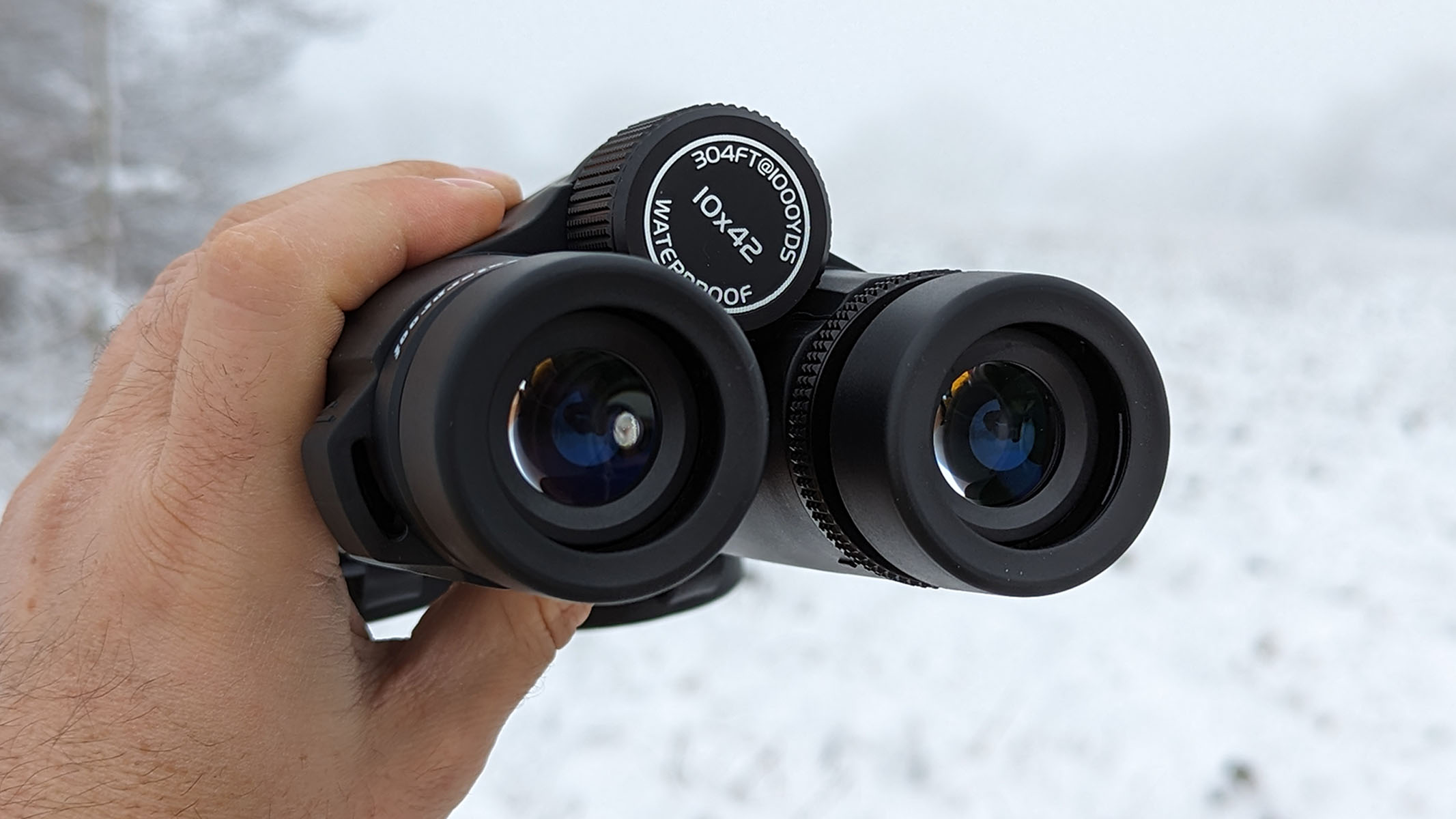
The optics are a little soft though, as you might expect for a binocular that sits around the $50 mark. Sure, they’re sharp enough in the center (not the sharpest) but towards the edge, it gets fuzzy quickly. Compare this to a pair of binoculars like the Nikon Prostaff P3 and we quickly saw how the sharpness remains until right at the very edge. Sure, the Nikon’s more expensive than the Encalife SVBONY’s cheapest price online, but when you’re hitting the top range of that price bracket (around $120) it’s worth looking for better optics.
Something we think users will notice though, at all skill levels, is the amount of color fringing evident on contrasted edges. A blue fringe around bright subjects on dark backgrounds (and vise versa) on bright days and on overcast ones we saw a low level red aberration around shadowy subjects. Again, it’s not so bad that we want to put them down, but we’d be disappointed if we paid the higher price. They’re also a little too dark for astronomy, despite the 42mm objective lenses. We think this may be down to the multi-layer coatings on the lenses. Either that they’re inferior compared with other brands, or that only one or two elements in the optics system is coated, instead of all of the glass.
Encalife SVBONY SV47 10x42: Functionality
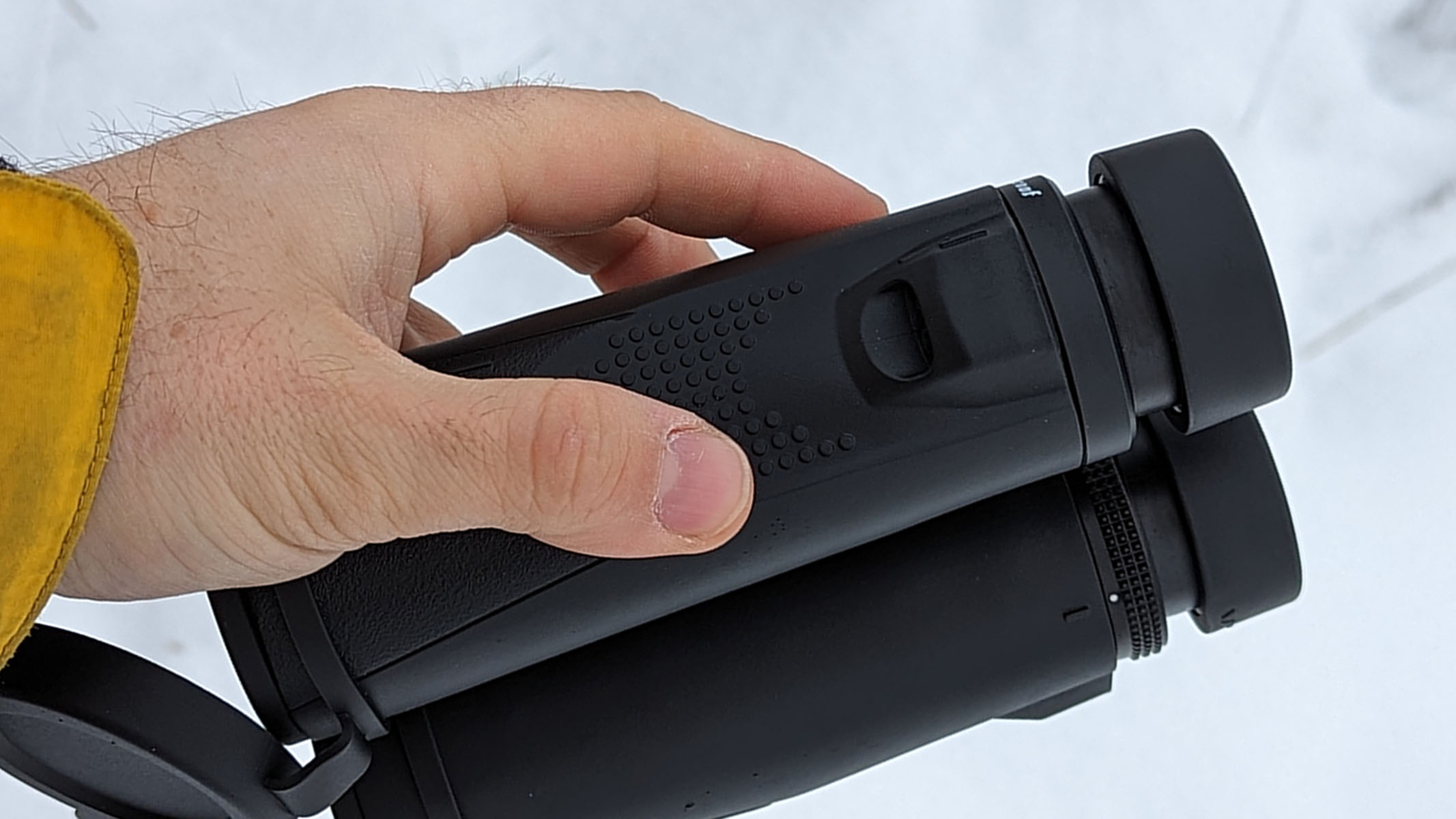
- IPX7 waterproof rating is impressive
- Comes with a range of useful accessories
- Good starter kit for beginner binocular observers
One thing we were impressed by is the binoculars’ stated waterproof rating. IPX7 is what they’re advertised as adhering to which means that the binoculars should be protected from water while immersed in up to one meter of water for a maximum of 30 minutes. This standard actually exceeds other entry-level binoculars we’ve reviewed that are more expensive. We didn’t put this to the test but if we believe the manufacturer’s specifications then that is impressive.
We should note that the IPX7 rating means that they are not protected in any way against dirt ingress. IP stands for ingress protection and the two numerical values after it refers to dirt/debris and water respectively. Higher numbers give better protection (dirt goes on 0-6 and water from 0-8). X means it is not rated so be careful when packing the SV47s away or using them at the beach or in situations where there is dust and small debris particulates.
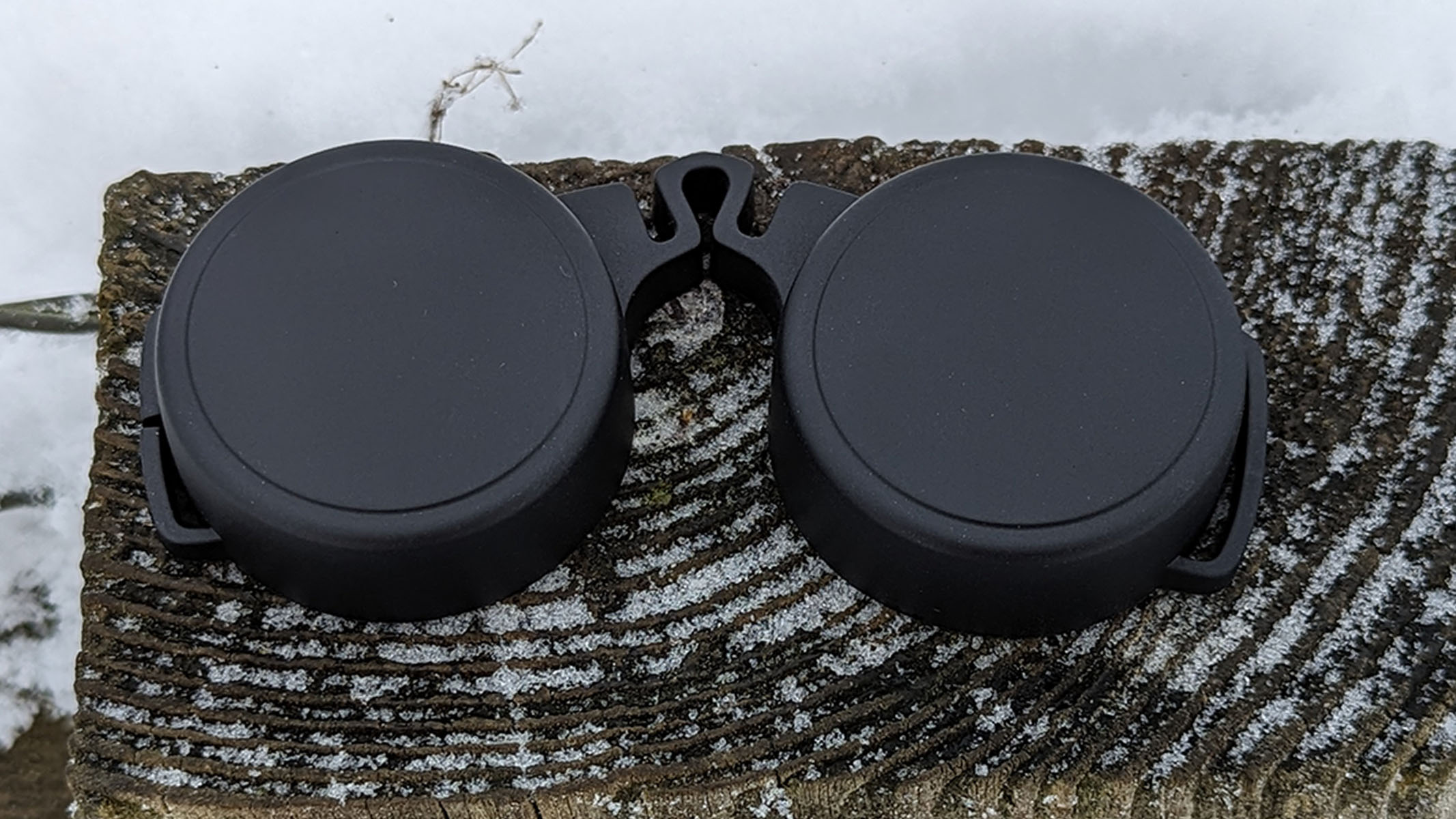
The accessories that come with the SV47s will be enough to get the hobbyist started. A carry pouch, neck strap, and lens caps for objective and eyepiece lenses ship with the binoculars. The objective lens caps are good and attached to the from the binos so you don’t lose them. The eyepiece caps also fit fine, but the corrugated rubber connecting to the two caps is too wide and squashes together when the binoculars are folded away.
Should you buy the Encalife SVBONY SV47 10x42 binoculars?
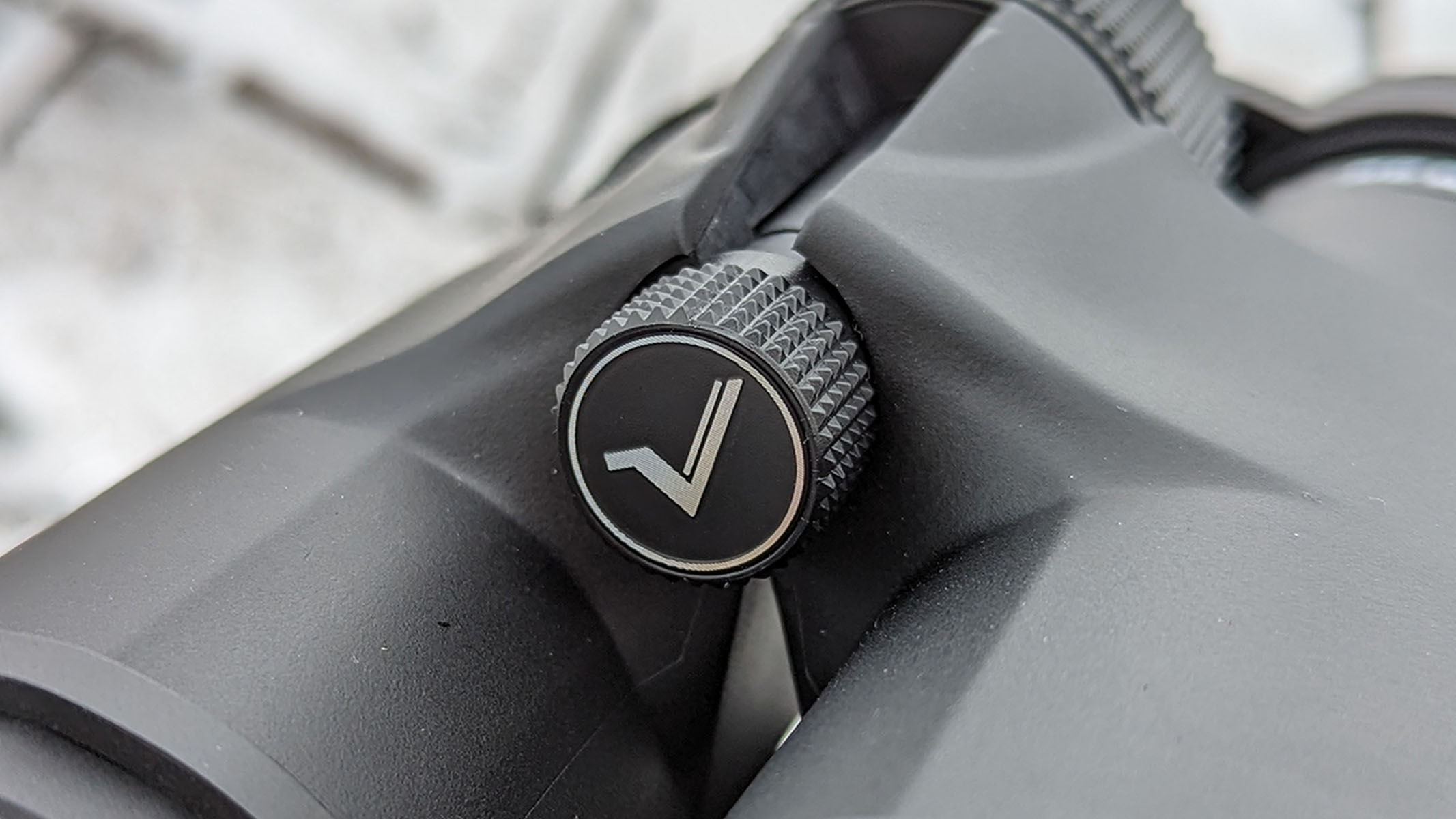
If you’re going for the Encalife SVBONY SV47 10x42 binoculars then we’d recommend upgrading the carry pouch and the neckstrap because they’re both made from inferior nylon/plastic. The bag doesn’t offer much protection because there’s no sealing or padding and the neckstrap feels sharp and abrasive against the skin to use for long periods.
If you’re looking for a cheap pair of binos that give fair views and you find them under $60 you can’t go far wrong, especially with the waterproof rating. However, paying more than that on many other brands will give you better build quality and optical clarity.
If the Encalife SVBONY SV47 10x42 isn't for you
The Nikon Prostaff P3 comes in slightly more expensive than the SV47's highest price but the Nikons have better build quality.
A more grippy rubberized armor, better eye relief, much sharper optics and accessories that feel higher quality in general — except the objective lens caps which can fall out.
Another pair we’d recommend is the Celstron Nature DX 12x56 binoculars. They have good eye relief for eyeglasses wearers, better optics than the SV47s and higher magnification and apertures which make them more suitable for astronomical observing. However, they are more expensive and bigger/heavier.

Jase Parnell-Brookes is the Managing Editor for e-commerce for Space and Live Science. Previously the Channel Editor for Cameras and Skywatching at Space, Jase has been an editor and contributing expert across a wide range of publications since 2010. Based in the UK, they are also an award-winning photographer and educator winning the Gold Prize award in the Nikon Photo Contest 2018/19 and named Digital Photographer of the Year in 2014. After completing their Masters degree in 2011 and qualifying as a teacher in 2012, Jase has spent the last two decades studying and working in photography and publishing in multiple areas, and specializes in low light optics and camera systems.
